DOG TRAINING OFFERED IN-PERSON AND ONLINEOur dog training services are delivered in almost any format that meets your needs. We have GROUP CLASSES at our indoor and outdoor facilities on our farm, ONLINE LIVE STREAMING classes, and SELF-PACED VIDEO-BASED training through our Online Dog Training Course. Our PRIVATE TRAININGS can be done in-home, outside, in public dog-friendly locations, at our facility on our farm, online via phone or video conferencing and through email. |
The “what can you do?” cue is one that we used a lot with Romeo, especially when he was young. We call it a “cue” but really it's more of a game. Because “what can you do” is not a specific behavior, rather it is asking your dog to choose a specific behavior themselves.
This cue in theory is pretty simple: we ask our dogs, “What can you do?” and then reward them for behaviors they offer that we like. If they offer a behavior we do not like, we do not reward. Technically, jumping on you, for example, is something they can do. But it's not necessarily something we want to encourage!
But reaching the stage in our dog's training level to successfully use this cue takes some effort. While in theory it's easy, we are teaching a concept that is not necessarily an easy one. Why? Because we are asking the dog to offer one of any behaviors they are capable of doing, but we are not telling them which one to do. They can offer ANY behavior they know how to do. So they need to make a choice without additional prompting from us.
Dogs who know a variety of cues will often have an easier time offering up one of the cues they already know. However, it is not necessary for your dog to know a lot of individual cues in order to play “what can you do?” with you. In fact, when Romeo was first taught this cue he was very young (younger than most puppies are before they even start their training!) and he did not have a lot of behaviors on reliable cues yet. We started it early because we wanted to turn Romeo into a thinker.
Most dogs are taught to respond to specific cues like sit, down, stay, come, etc. But you might notice that many dogs are not good at offering behaviors because they have learned to wait to be told what to do. While we want our dogs to listen to us, we ALSO want dogs who make good choices and the “what can you do?” cue or game is a great way to help that along. Dogs who always wait to be told what to do are not good decision makers. Because they have not been given the chance to make decisions on their own.
Then it gets fun because we can use this cue and watch our dogs offer up different things. Part of the fun is seeing what choices your dog makes. Once they learn the game, you can make it more challenging by requiring a different behavior each time. For Romeo, we would make a slight change to our cue and say “What ELSE can you do?” For example, he might offer a sit. Then a down. Then a sit again. I would say, “You already did that. What ELSE can you do?” and he would have to try something he had not already offered.
This helps a dog start to get creative because now they have to start trying different things to get the reward. In fact, many of the cues that Romeo had later on were originally things HE came up with himself during our “what can you do?” sessions. Sometimes out of sheer frustration, he would do something and I would reward it. Even something small that didn't seem like much. As long as it was something DIFFERENT, I rewarded it. I then took some of those behaviors and built on them to turn them into useful or fun cues.
After awhile, we often do not have to use the “what can you do?” cue because by just making eye contact for a few seconds, sometimes they will start to offer up different skills. Even on our walks or hikes, it is pretty normal for our dogs to do things ahead of time without us asking, like jumping up on things, or go around things, or performing other tricks.
“What can you do?” offers a wide-range of benefits. Dogs use their brains, they stay more engaged with us because they look to hear this cue so they can perform for a reward. They get additional exercise, especially if you are like us and use it on our walks, and they are more inclined to stay out of trouble because they get rewarded for things we like to see and not for things we do not want to see.
Teaching the “what can you do?” cue
To help you teach, think about using clicker training to help shape what you want.
Use capturing, luring and shaping, taught in the video below.
Our goal is to positively impact the lives of as many dogs and their families as we can, in part through our extensive library of video, infographics and text articles. |

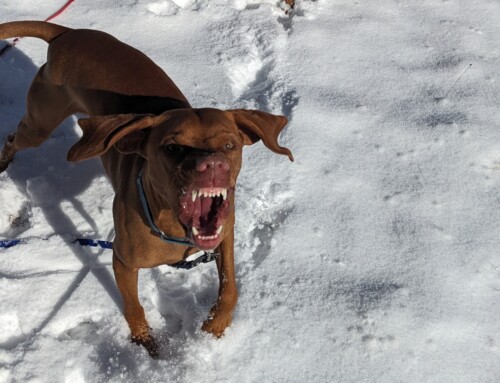
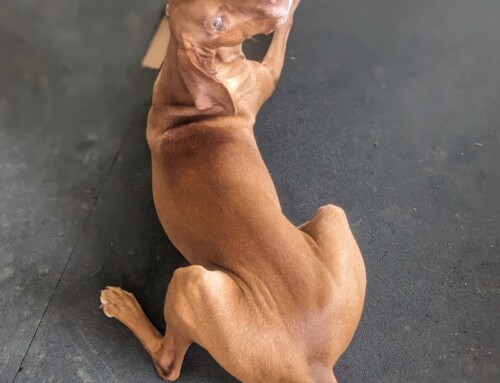

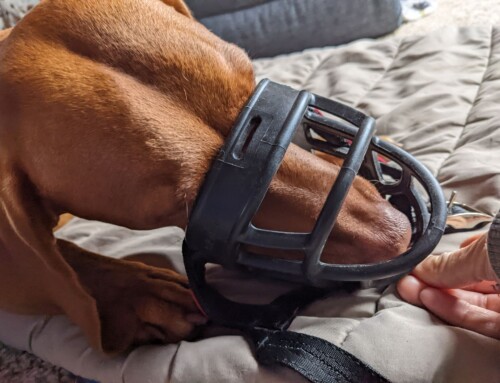
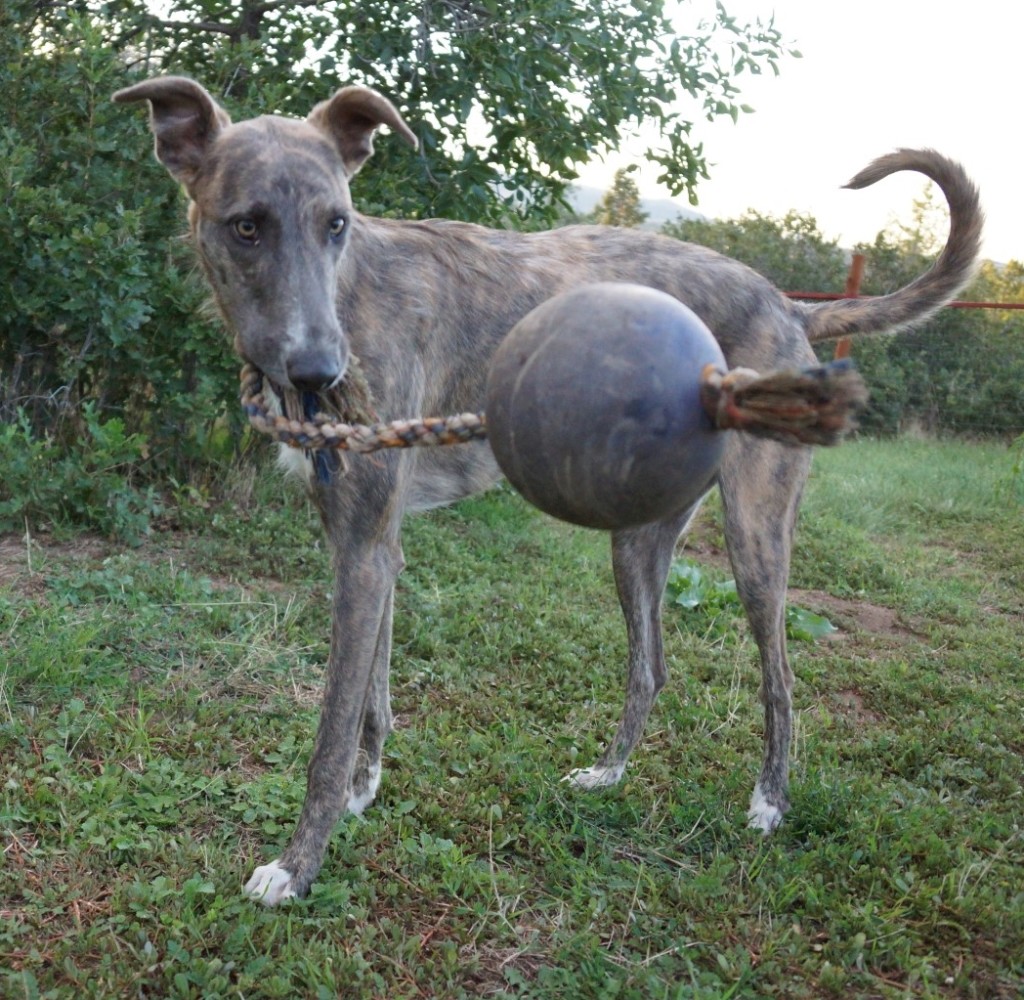

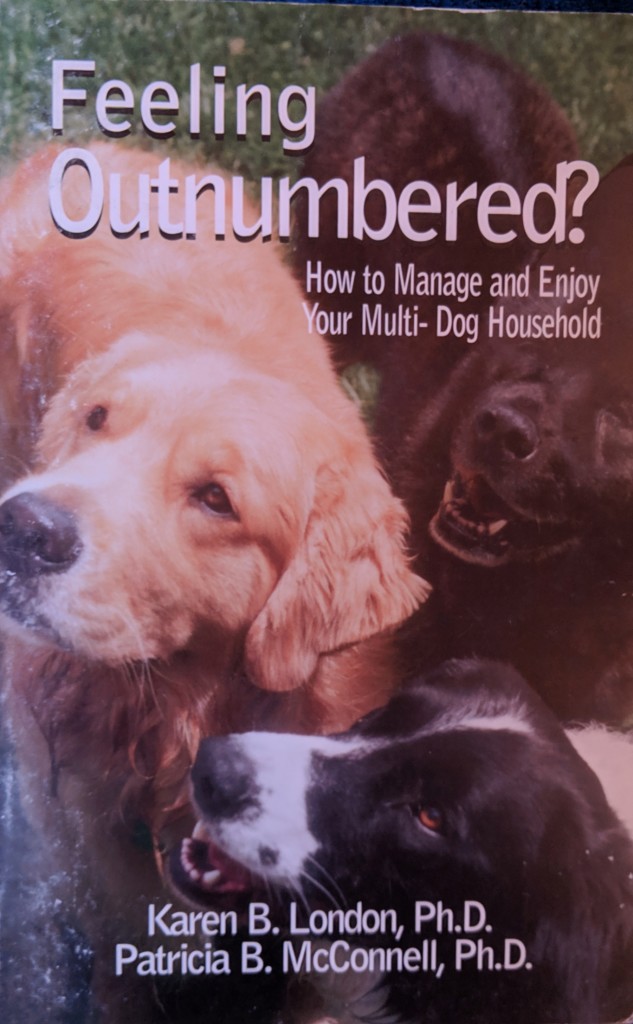
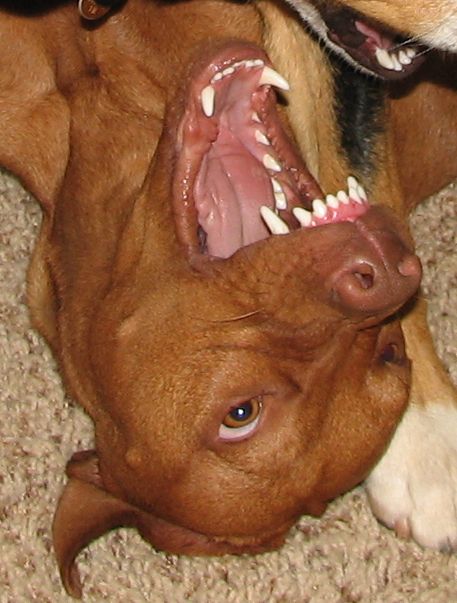
Leave A Comment